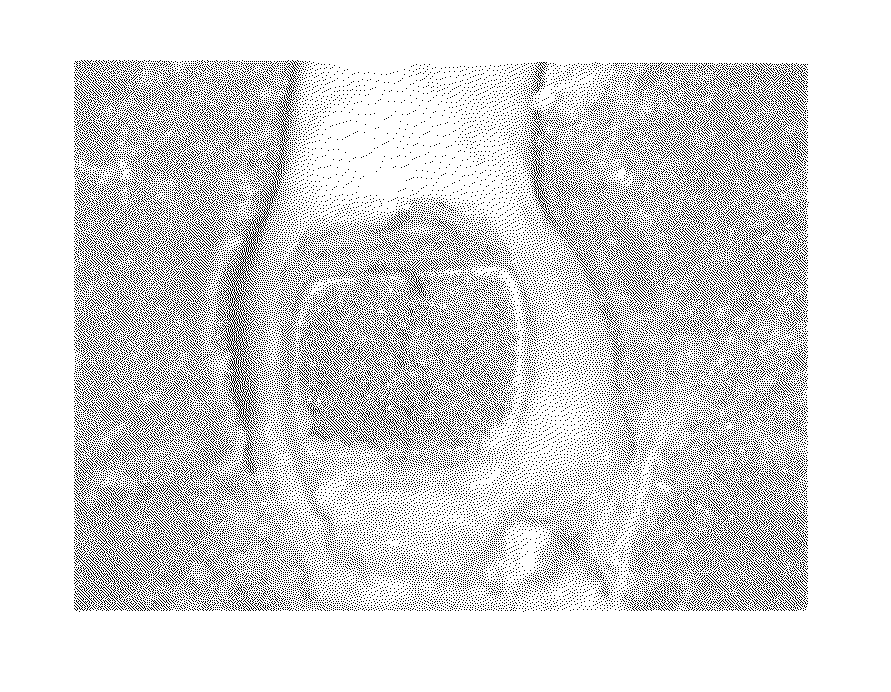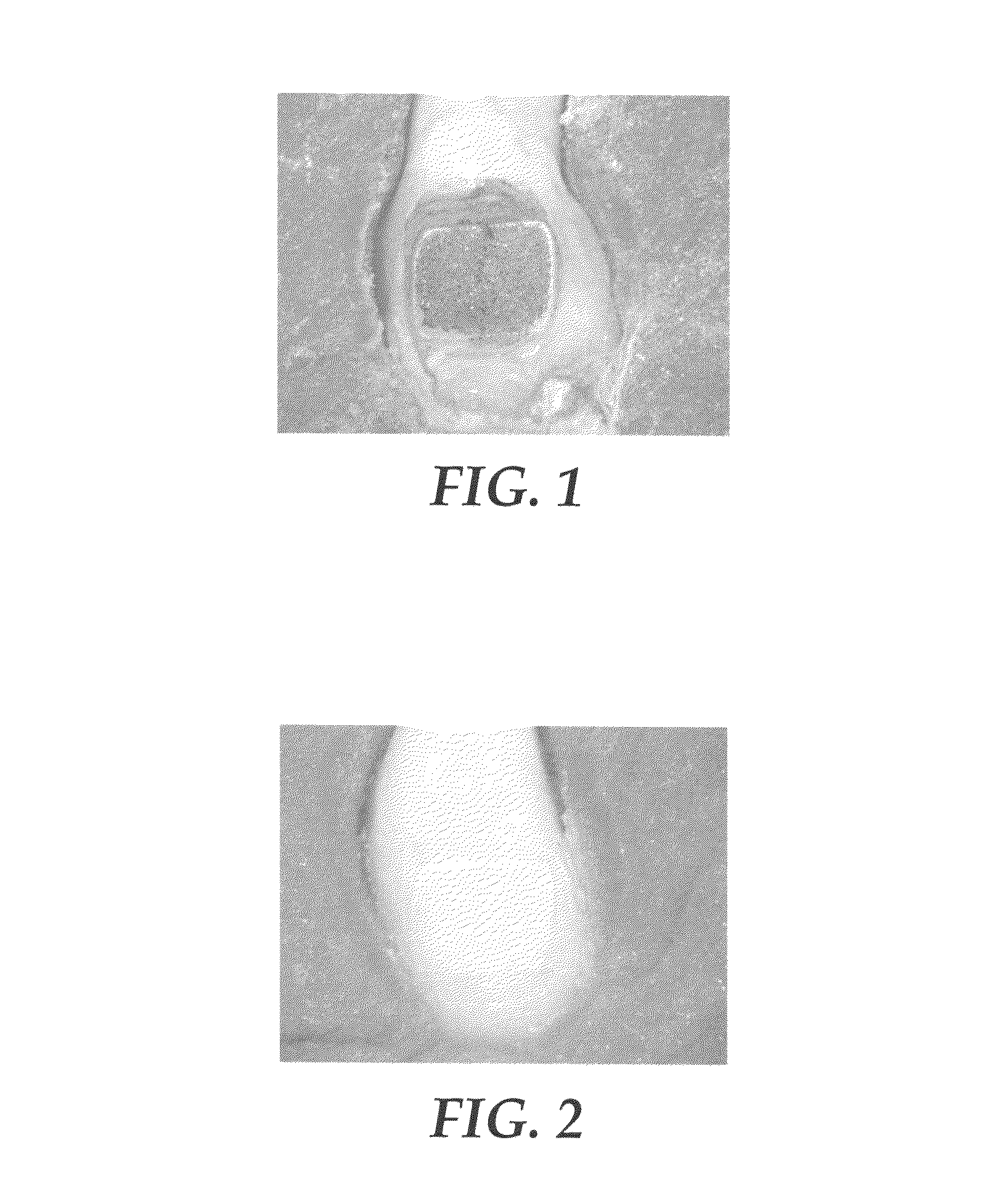Methods of identifying orthodontic adhesives
a technology of adhesives and orthodontics, applied in the field of orthodontic treatment, can solve the problems of orthodontic adhesive discoloration, other difficulties, and difficulty in removing excess orthodontic adhesive from teeth surfaces, and achieve the effects of convenient preparation, convenient use, and easy application
- Summary
- Abstract
- Description
- Claims
- Application Information
AI Technical Summary
Benefits of technology
Problems solved by technology
Method used
Image
Examples
examples
The following examples are given to illustrate, but not limit, the scope of this invention. Unless otherwise indicated, all parts and percentages are by weight and all molecular weights are weight average molecular weight. Unless otherwise specified, all chemicals used are commercially available from, for example, Sigma-Aldrich (St. Louis, Mo.).
TABLE 1Abbreviations, Descriptions and Sources of Experimental MaterialsAbbreviationName and Source of MaterialAPC IIAn orthodontic adhesive (3M Unitek; Monrovia, CA)APC PLUSA hydrophilic orthodontic adhesives (3M Unitek; Monrovia, CA)EYBErythrosin Yellowish Blend (Sigma-Aldrich; Cat: 23,407-9CPQCamphorquinone (Sigma-Aldrich; Cat: 12,489-3)EDMABEthyl-4-dimethylaminobenzoate (Sigma-Aldrich; Cat: E2, 490-5)DPIHFPDiphenyliodonium hexafluorophosphate (Johnson Matthey;Cat: 18096)EtOHEthanol (Mallinckrodt; Cat: 3791-10)IprOHIsopropanol (EMD; Cat: 98415)ORTHOLUX LEDORTHOLUX LED Curing Light (3M Unitek; Monrovia,CA)Peg400DMAPolyethyleneglycol dimetha...
examples 1-9
The orthodontic disclosing composition was brushed onto unhardened 3M TRANSBOND XT orthodontic adhesive on bovine teeth using a 3M Disposable brush held by a 3M Unitek Brush Holder. The orthodontic disclosing compositions were evaluated for color acceptance of the unhardened orthodontic adhesives vs. the tooth surface. The results are shown in Table 3.
3M Brand APC PLUS Clarity orthodontic brackets were bonded to bovine teeth using 3M TRANSBOND XT orthodontic adhesive. After six hours, the orthodontic brackets were debonded to afford bovine teeth with the hardened orthodontic adhesive pads. The orthodontic disclosing composition was brushed onto the hardened orthodontic adhesive remnant using a 3M Disposable brush held by a 3M Unitek Brush Holder. The orthodontic disclosing compositions were visually ranked from 1 to 4 for color acceptance of the hardened orthodontic adhesive pad and the tooth surface, with 1 having the lowest color acceptance and 4 having the highest color acceptanc...
examples 10-13
3M Brand APC PLUS Clarity orthodontic brackets were bonded to bovine teeth using 3M APC PLUS orthodontic adhesive. After six hours, the orthodontic brackets were debonded to afford bovine teeth with the hardened orthodontic adhesive pads. The orthodontic disclosing composition was brushed onto the hardened orthodontic adhesive remnant using a 3M Disposable brush held by a 3M Unitek Brush Holder. The orthodontic disclosing compositions were visually ranked from 1 to 4 for color acceptance of the hardened orthodontic adhesive pad and the tooth surface, with 1 having the lowest color acceptance and 4 having the highest color acceptance. The results are shown in Table 4.
Both the teeth and the hardened orthodontic adhesive accepted the orthodontic disclosing compositions in Examples 10, 11 and 13 and not in Example 12. The application of the orthodontic disclosing composition was limited to the orthodontic adhesive remnant for Example 12. The orthodontic disclosing compositions with blue...
PUM
 Login to View More
Login to View More Abstract
Description
Claims
Application Information
 Login to View More
Login to View More - R&D
- Intellectual Property
- Life Sciences
- Materials
- Tech Scout
- Unparalleled Data Quality
- Higher Quality Content
- 60% Fewer Hallucinations
Browse by: Latest US Patents, China's latest patents, Technical Efficacy Thesaurus, Application Domain, Technology Topic, Popular Technical Reports.
© 2025 PatSnap. All rights reserved.Legal|Privacy policy|Modern Slavery Act Transparency Statement|Sitemap|About US| Contact US: help@patsnap.com


